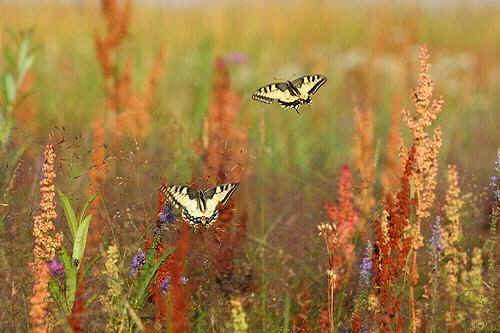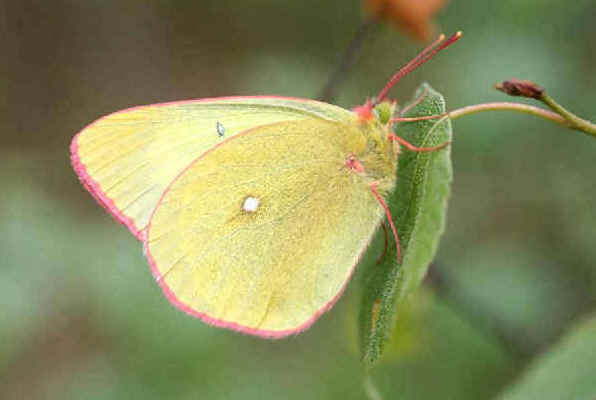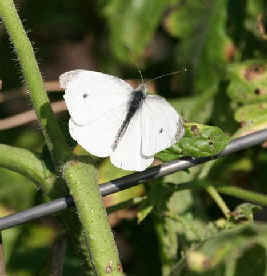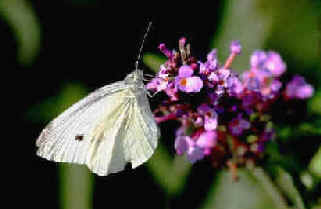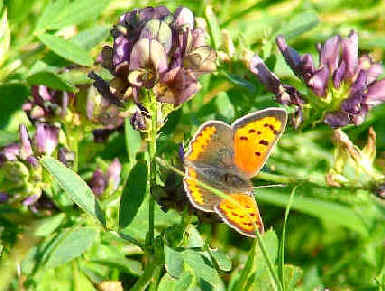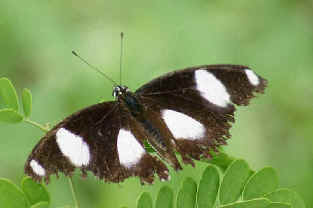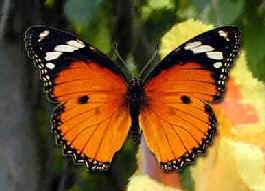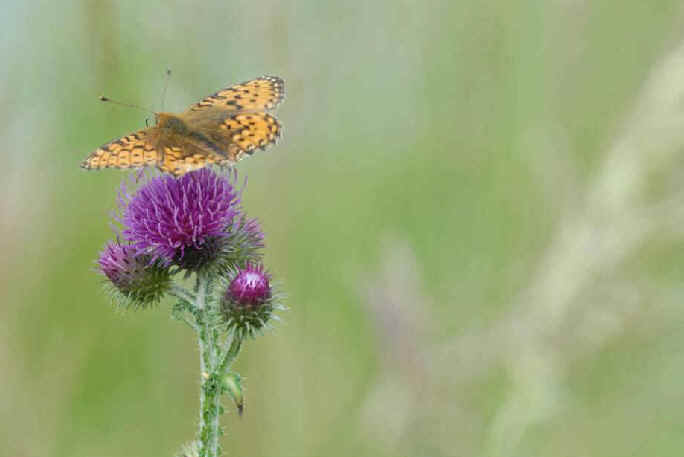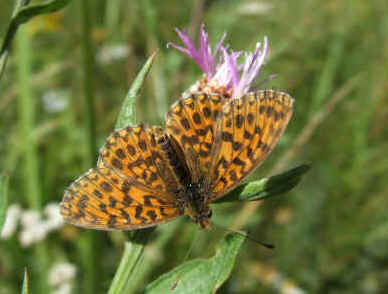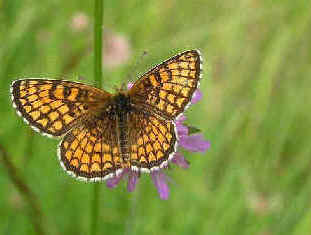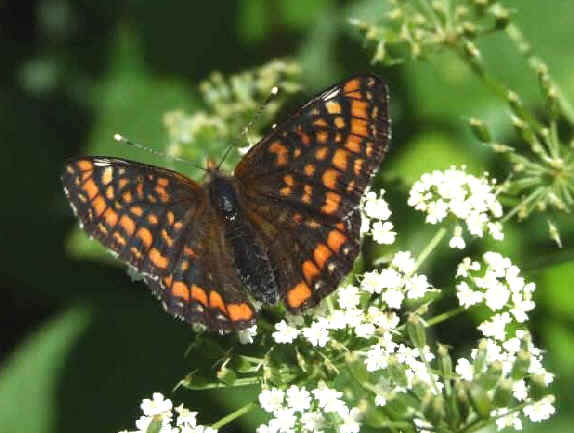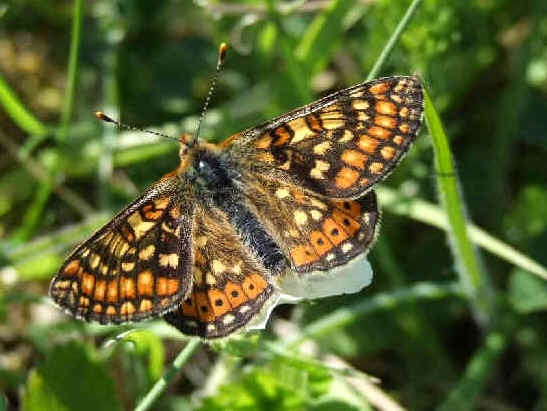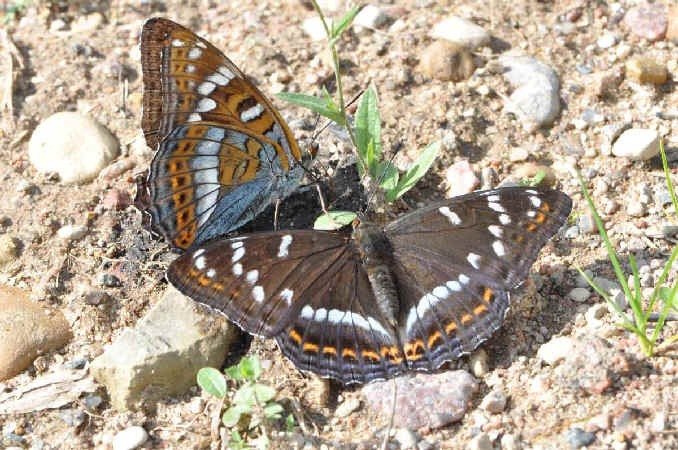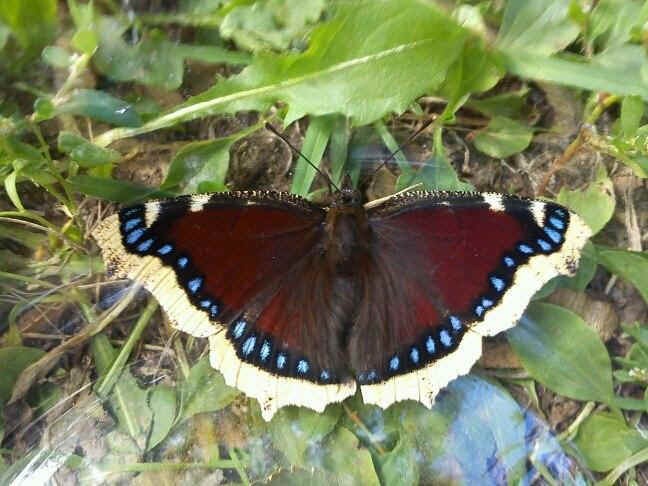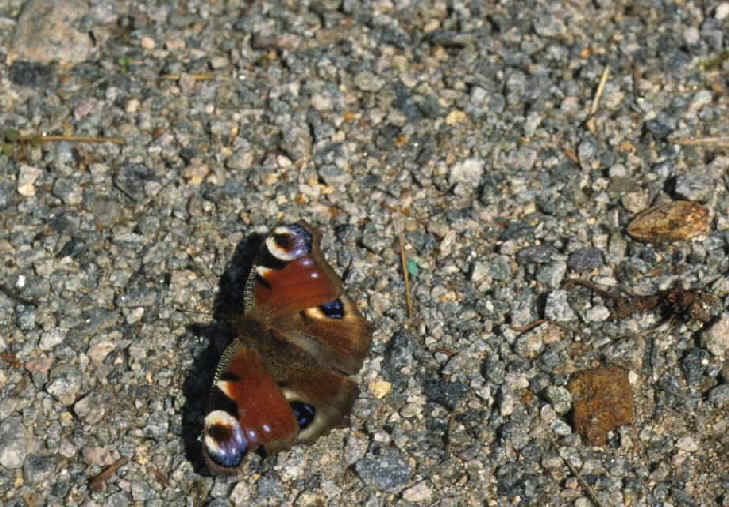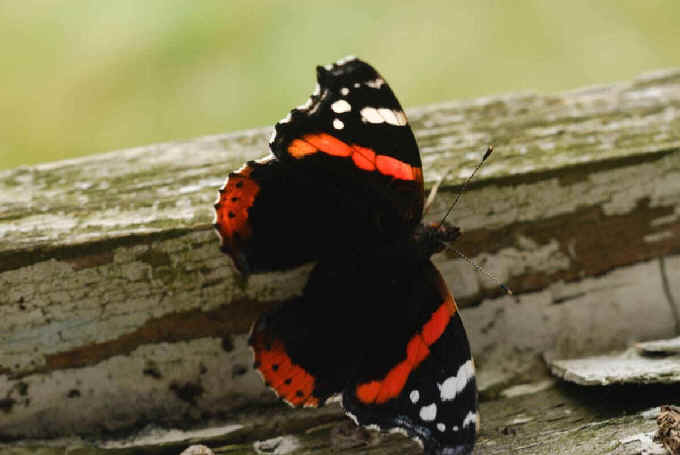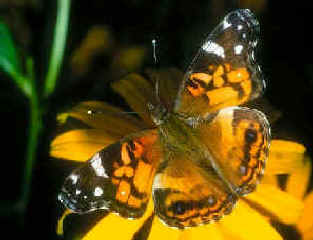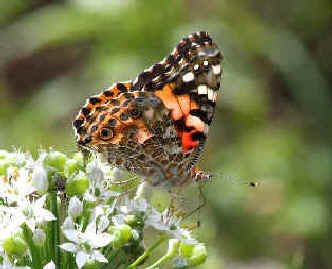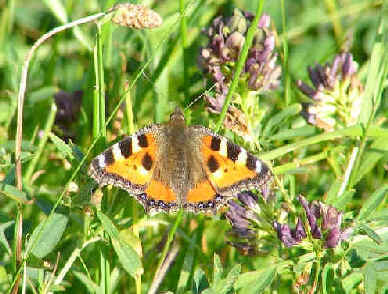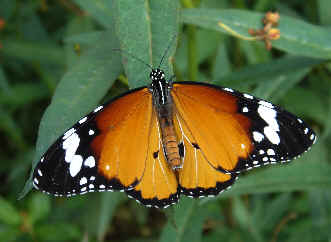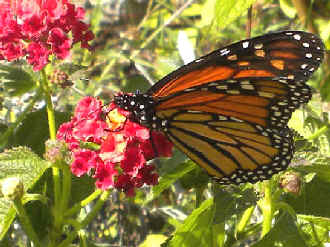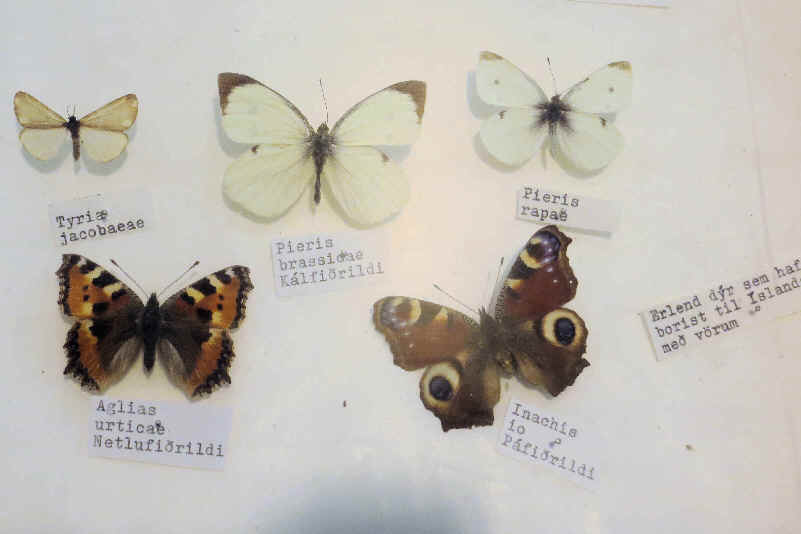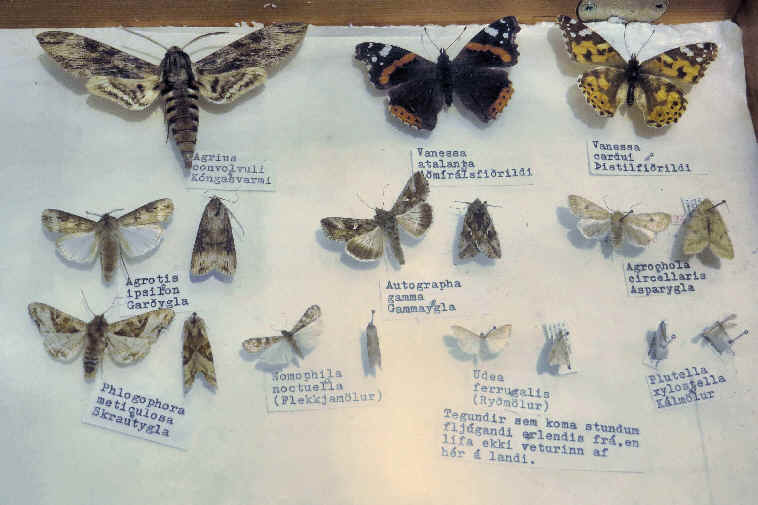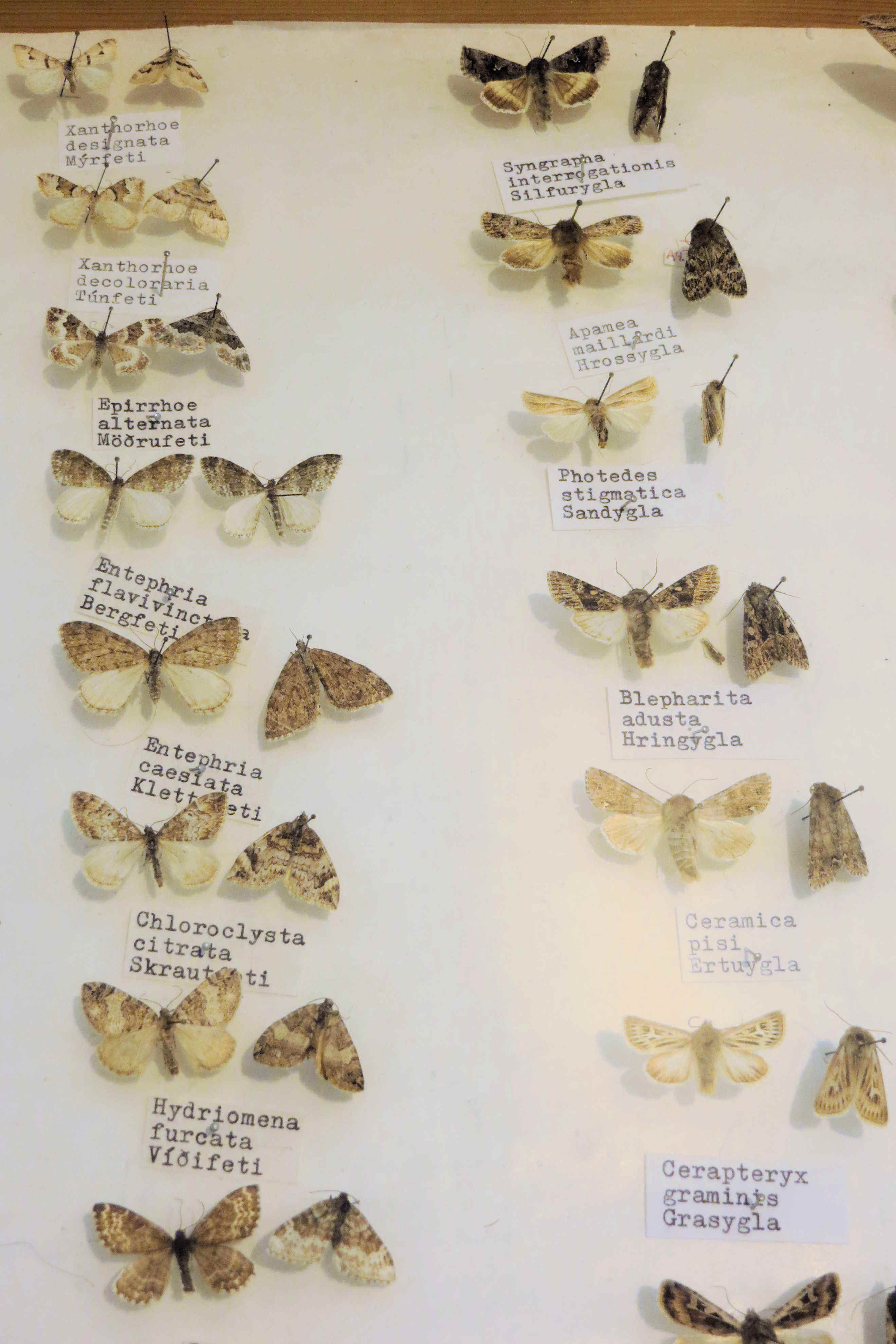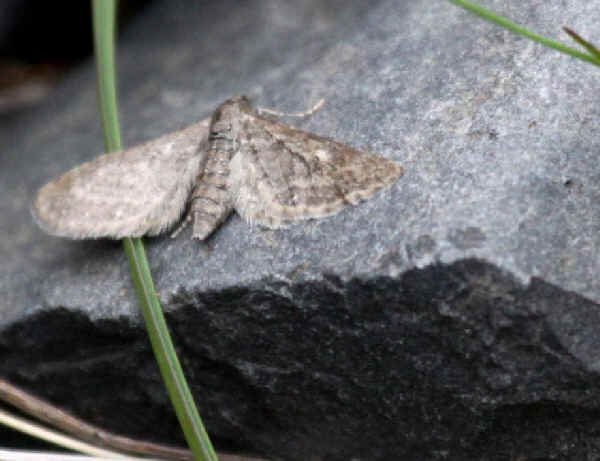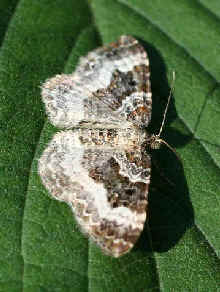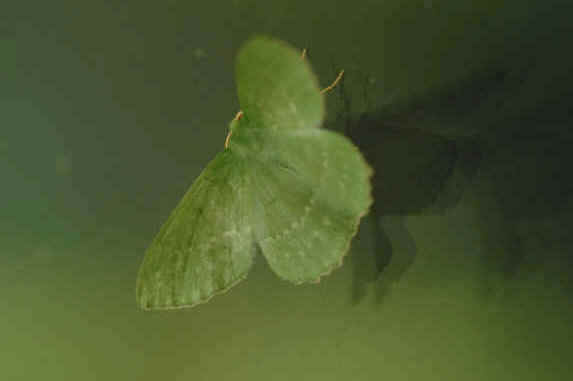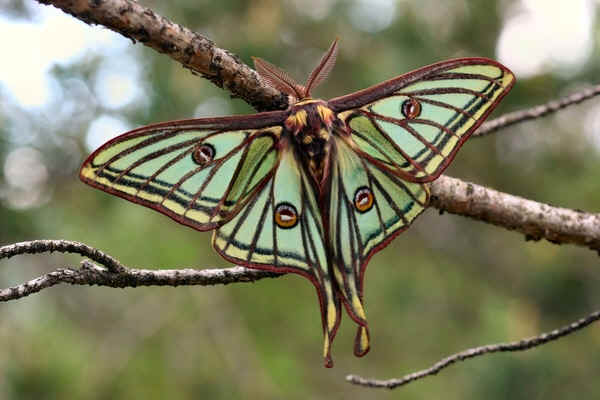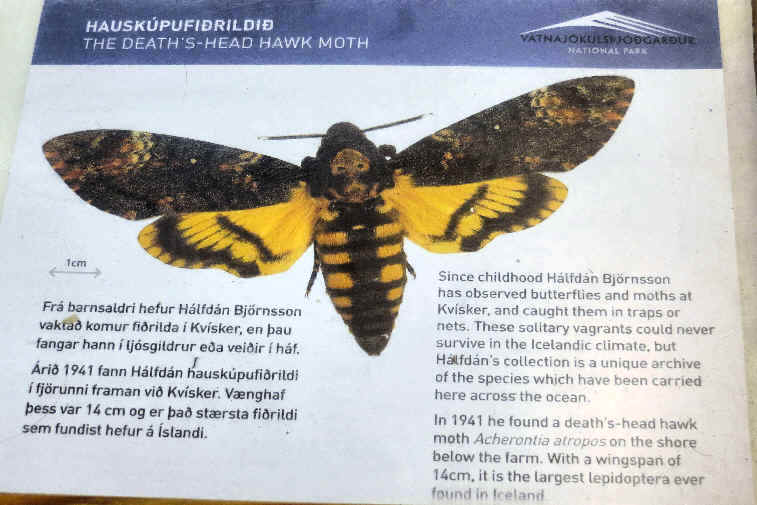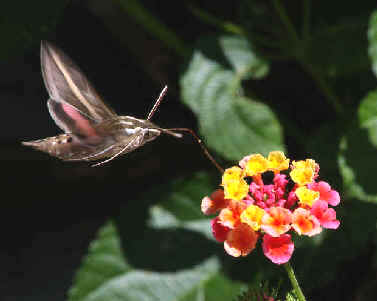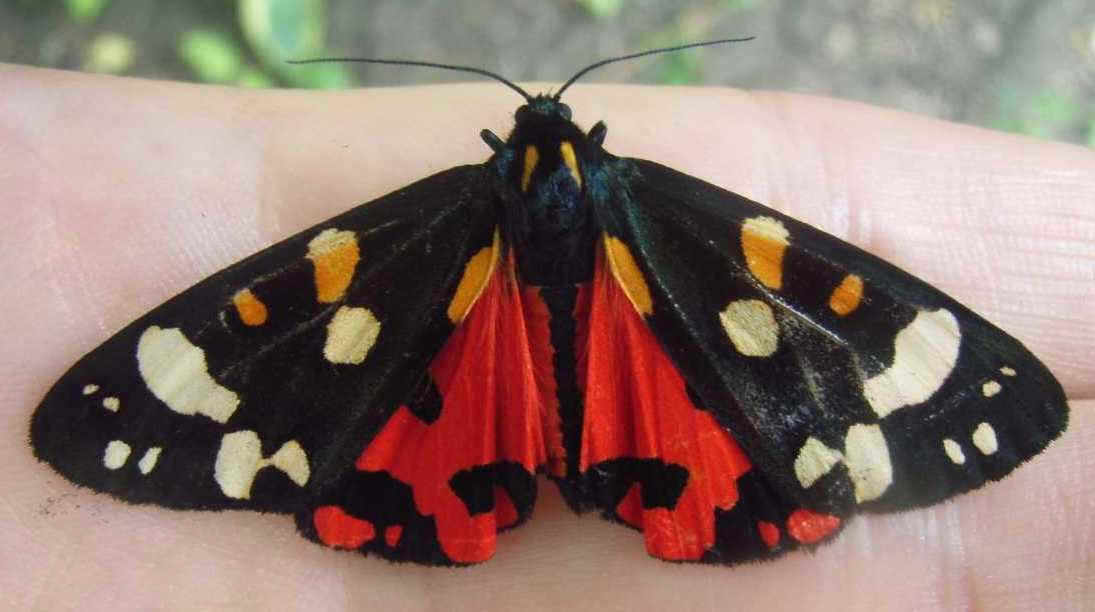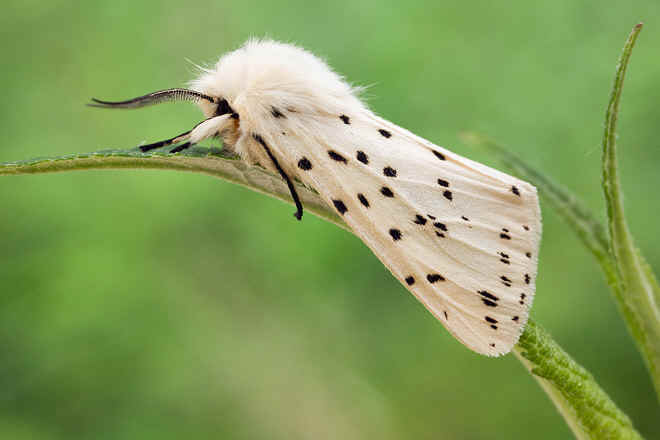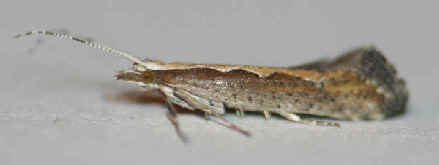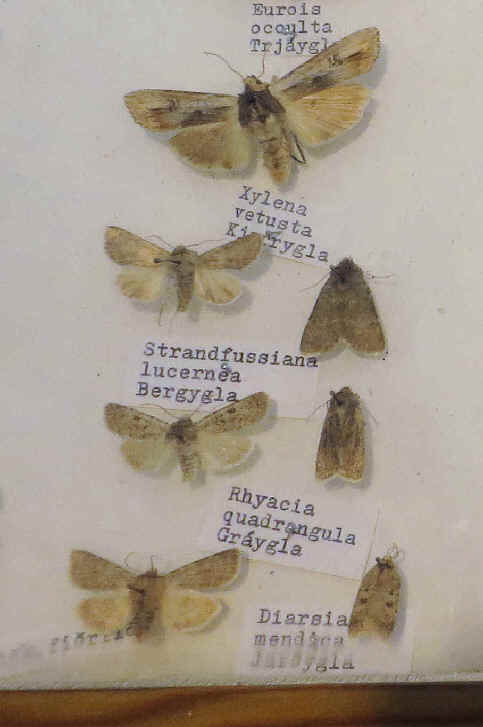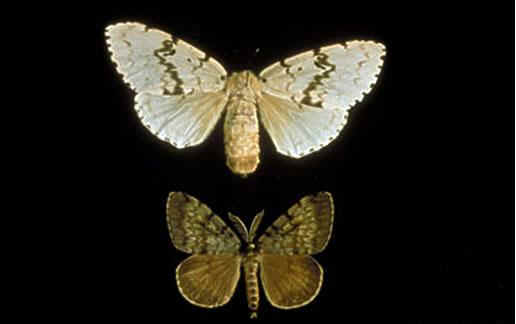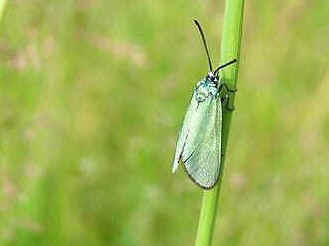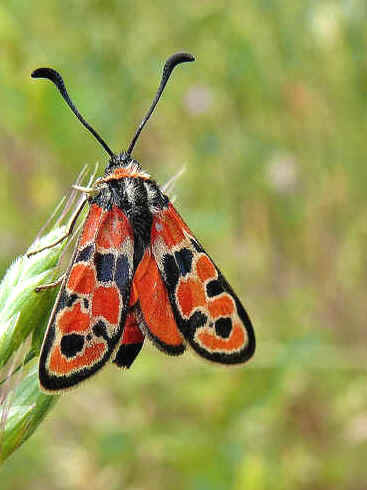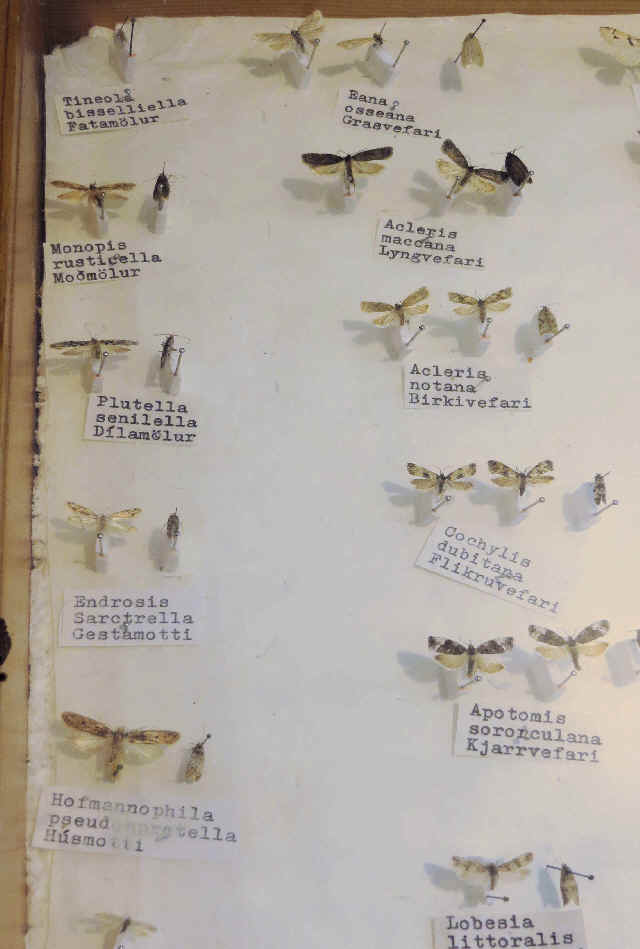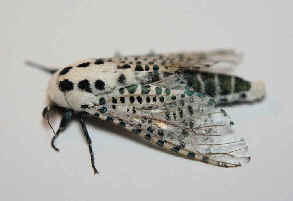
E-mail: font@focusonnature.com
Phone: Toll-free in USA 1-888-721-3555
or 302/529-1876
 |
PO Box 9021,
Wilmington, DE 19809, USA E-mail: font@focusonnature.com Phone: Toll-free in USA 1-888-721-3555 or 302/529-1876 |
 Butterflies
Butterflies
and Moths
in Europe
including
those seen during
Focus On Nature Tours
in Spain, Sweden,
and other countries
including Iceland where
normally butterflies are not there,
but a good many moths are
A List of Butterflies and
Moths in Europe
compiled by Armas Hill
Upper right photo: A
BOG FRITILLARY in Estonia
Codes:
Numbers noted as (C:xx) refer to pages in "A World of Butterflies", with text by
Brian Cassie, and photographs (superb) by Kjell Sandved
Numbers noted as (F:xx) refer to pages in "The Illustrated Encyclopedia of
Butterflies", by Dr. John Feltwell
Numbers noted as (PNE:xx) refer to pages
with illustrations in the "Peterson Field Guide to Moths of Northeastern
North America" by David Beadle and Seabrook Leckie, 2012
Numbers noted as (S:xx) refer to pages in the
"Smithsonian Handbook, Butterflies & Moths", by David Carter
Status of the butterflies in Europe:
(ce): critically endangered
(en): endangered
(vu): vulnerable
(nt): near-threatened
In Europe, nearly 9% of the butterflies are threatened, and another 105 are
near-threatened.
Almost a third (31%) of the butterflies of the continent are known to have a
declining population.
Geographical Codes, relating to European
countries:
CI: Canary Islands (Spain)
ES: Estonia
GB: Great Britain
IC: Iceland
SP: Spain
SW: Sweden
NA: also occurs in North America
(ph): species in a photo in the FONT website
Throughout the world, there are over 180,000 described species of butterflies
and moths (in the order Lepidoptera).
In Europe, there are 482 species of BUTTERFLIES. The highest density of
butterfly species is in mountainous areas in southern Europe, such as the
Pyrenees and the Alps.
BUTTERFLIES are only 5% of the European Lepidoprera. the remaining
species, which belong to 29 superfamilies, are colloquially referred to as MOTHS.
Most of them fly during the night.
In the following list of European butterflies and moths, 684 species are included.
Links to Groupings in this List:
BUTTERFLIES:
Swallowtails: Family Papilionidae
Yellows,
Whites: Family Pieridae
Gossamer
Wings, Coppers & Blues: Family Lycaenidae
Brushfoots: Family Nymphalidae
Skippers: Family Hesperiidae
MOTHS: Geometer Moths:
Family Geometridae Plume Moths:
Family
Pterophoridae
Emperor Moths: Family Saturniidae Sphinx & Hawk Moths: Family Sphingidae
Tiger Moths & Ermines: Family Arctiidae Tussock Moths: Family Lymantriida
Burnet Moths: Family Zygaenidae Clearwing Moths: Family Sesiidae
Gracillarid Moths: Family Gracillariidae
Tortrix
Moths: Family Tortricidae
SOME COMMENTARY REGARDING BUTTERFLY IDENTIFICATION:
"Get a guidebook, take a few years, and
you'll still make mistakes. Butterfly identification has an initial, deceptive
simplicity.
Individuals in a species vary naturally, an eyespot slightly larger, a color
brighter.
Males and females of a species can be strikingly dissimilar.
So can genetic morphs or forms within a gender.
In a single species, butterflies that live in a range of habitats can vary in
appearance and produce different populations or geographical races, each better
adapted to its environment.
Species can also produce generations of distinct morphs in the same place at
different times of the year."
The above commentary taken from the book, "An Obsession with
Butterflies", by Sharman Apt Russell (a wonderful read).
Other Links:
Upcoming FONT Birding & Nature Tours in Europe
A List & Photo
Gallery of European Birds, in 2 parts:
Part #1: Grouse to Puffin Part #2: Sandgrouse to Buntings
Mammals in Europe (with some photos) Butterflies of the Canary Islands
Lists & Photo Galleries of Butterflies, Moths, Dragonflies & Damselflies elsewhere in the World
Alphabetical Directory of Butterflies by Genus of those with Photos in the FONT Website
Alphabetical Directory of Moths by Genus of those with Photos in the FONT Website
Directory of Photos in this Website
A Photo Gallery of Moths & Butterflies during the FONT tour in Ecuador, South America in July 2013
A List of European Butterflies:
